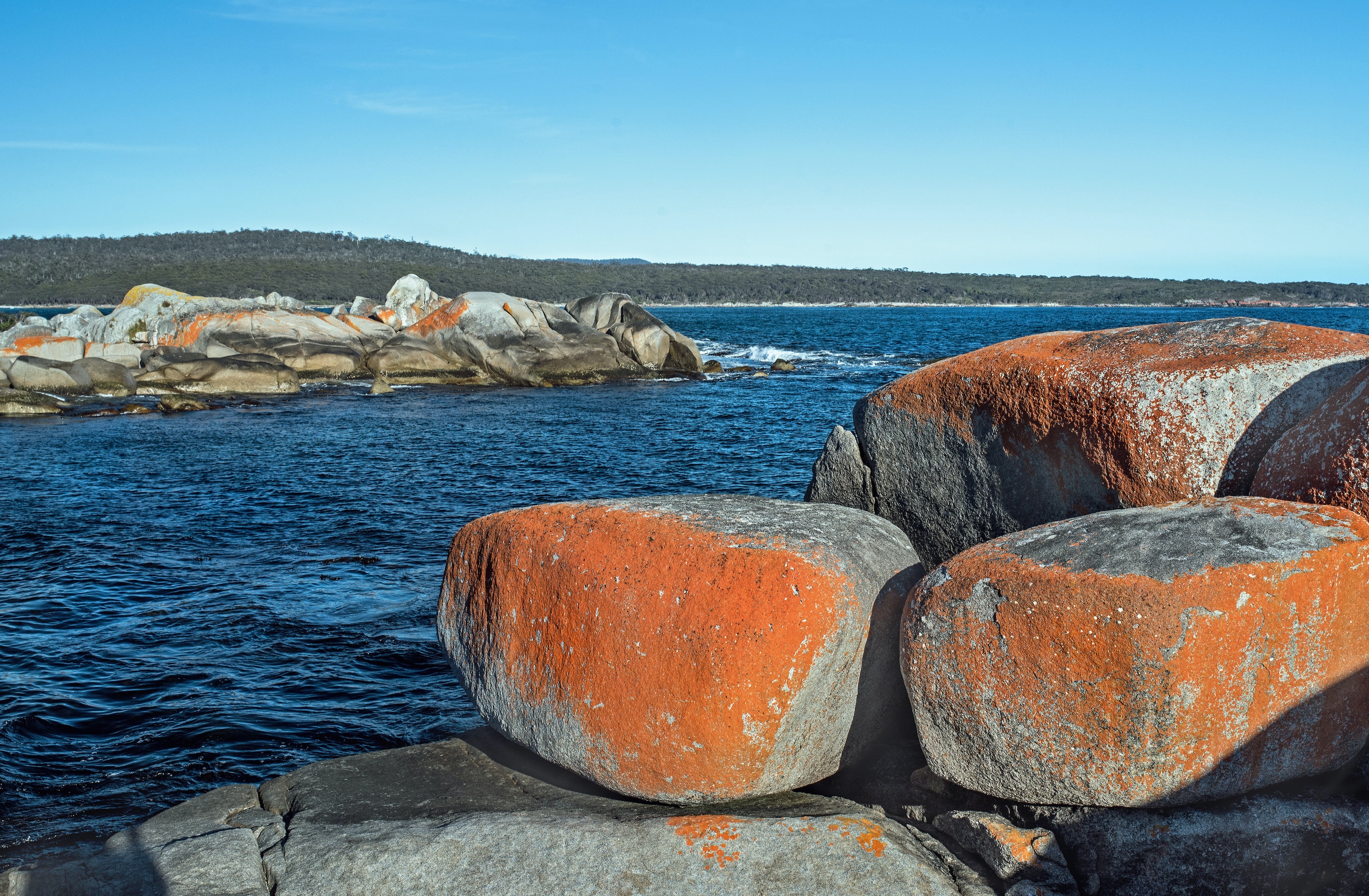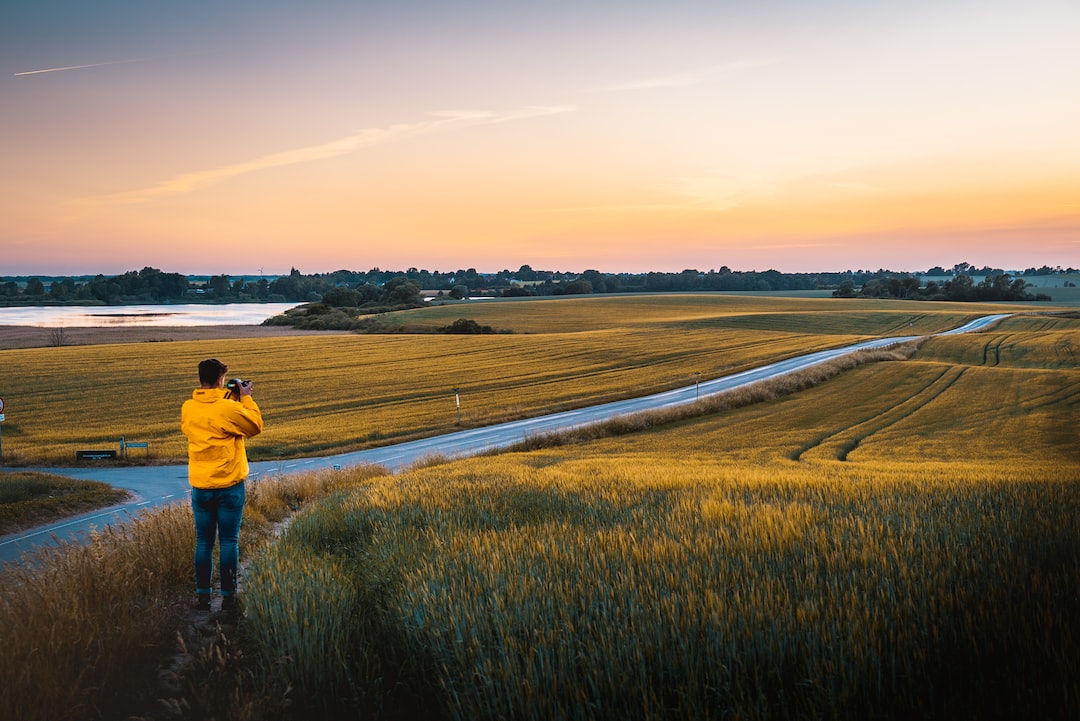A snow field, also known as a snowfield or snow plain, is a vast expanse of snow-covered land. It typically occurs in regions with cold climates and heavy snowfall. Snow fields can be found in various parts of the world, including high mountain ranges, polar regions, and certain northern regions.
Formation of Snow Fields
Snow fields form when snow accumulates in an area without melting or being removed by wind or other forces. These areas often have a thick snow cover that remains for an extended period. The accumulation of snow can happen over multiple seasons, leading to an even deeper and more extensive snow field.
Characteristics of Snow Fields
Snow fields are characterized by their bright white appearance and the absence of visible vegetation. The snow cover can be several meters deep, with the upper layers being more compacted and solid. They provide a smooth and flat surface, generally uninterrupted by rocks or other obstacles.
In some cases, snow fields can have uneven terrain due to natural factors such as wind patterns or gradual changes in the underlying topography. These variations can create drifts or snow waves, adding visual interest to the otherwise uniform expanse of snow.
Importance of Snow Fields
Snow fields play a vital role in the Earth’s climate system and have significant ecological importance.
One of the main roles of snow fields is in regulating the planet’s energy balance. The bright white surface of the snow reflects a large portion of the incoming solar radiation back into space. This reflection, known as the albedo effect, helps to cool the surrounding environment.
Additionally, snow fields act as natural water reservoirs. The snowpack slowly releases meltwater during spring and summer, contributing to rivers, lakes, and groundwater recharge. This water plays a crucial role in supporting ecosystems and providing a valuable resource for human activities such as agriculture and hydropower generation.
Types of Snow Fields
Several types of snow fields exist, each with its own unique characteristics.
Alpine Snow Fields
Alpine snow fields, also referred to as glacier basins or cirques, are found in high-elevation mountainous regions. They form in hollows or bowls on the slopes of mountains, often surrounded by peaks.
Cold temperatures and high accumulation rates contribute to the formation of alpine snow fields. Over time, the weight of the accumulated snow compresses into ice, resulting in the formation of glaciers.
Polar Snow Fields

Polar snow fields are vast expanses of snow-covered land found in the Arctic and Antarctic regions. These areas have extremely cold temperatures and high precipitation rates, leading to the accumulation of thick layers of snow.
Polar snow fields are crucial habitats for various forms of life, including polar bears, penguins, and various species of birds. They also serve as a crucial component of the Earth’s climate system, influencing global temperature patterns and ocean currents.
Northern Snow Fields
Northern snow fields are found in regions such as Scandinavia, Canada, and Russia. These areas experience long and harsh winters, with heavy snowfall that accumulates over wide stretches of land.
These snow fields provide opportunities for winter sports and recreational activities such as skiing, snowboarding, and snowmobiling. They also support the local economy through tourism and winter-based industries.
Snow fields are majestic natural wonders that dominate the landscapes of specific regions around the world. From alpine snow fields in mountains to polar expanses in the polar regions, these areas of vast snow can have a significant impact on climate, ecosystems, and human activities. Whether appreciated for their beauty, enjoyed for recreational activities, or studied for scientific purposes, snow fields hold a special place in the natural world.
The Mystery Of Red And Pink Snow | Watermelon Snow | Oregon Field Guide
